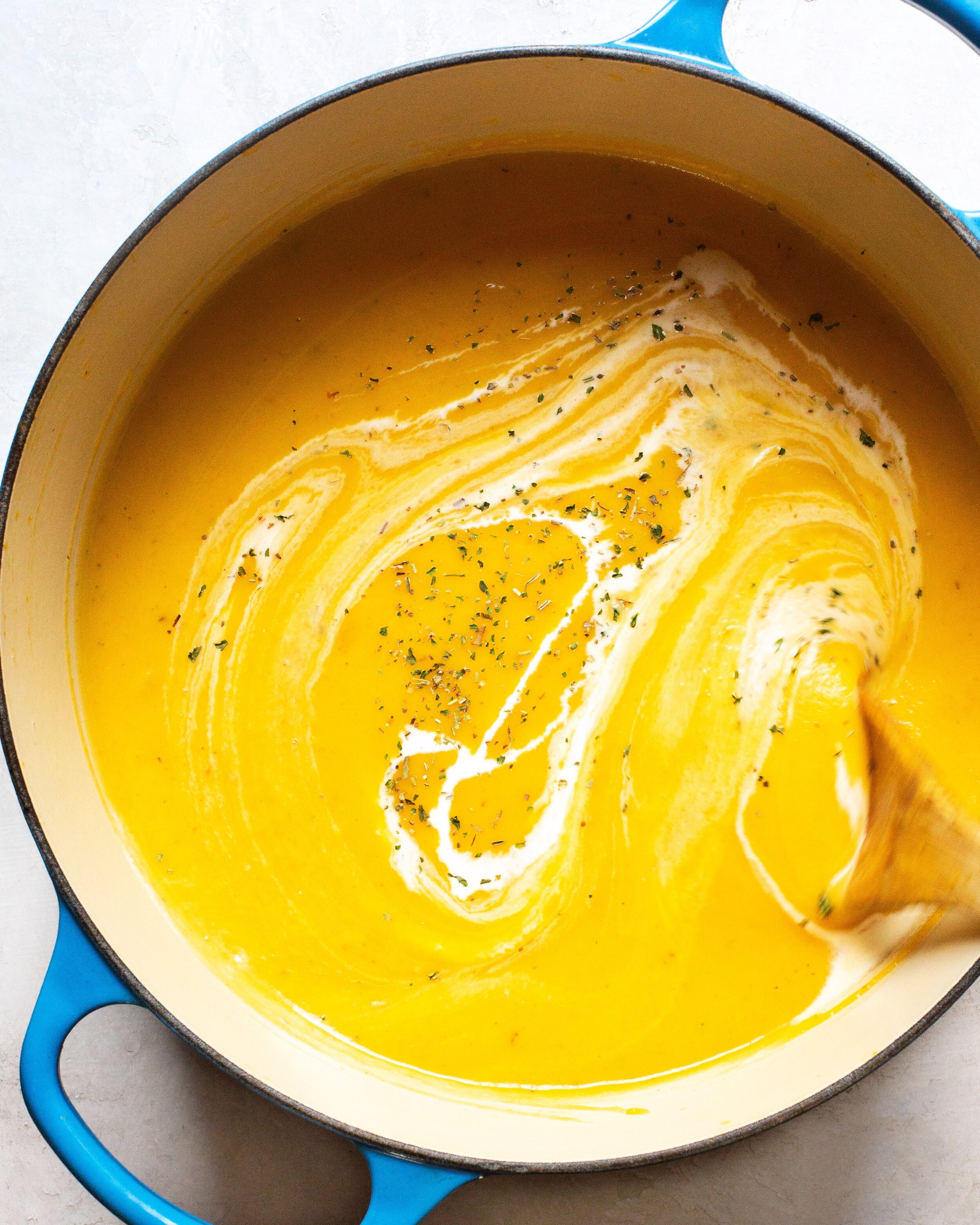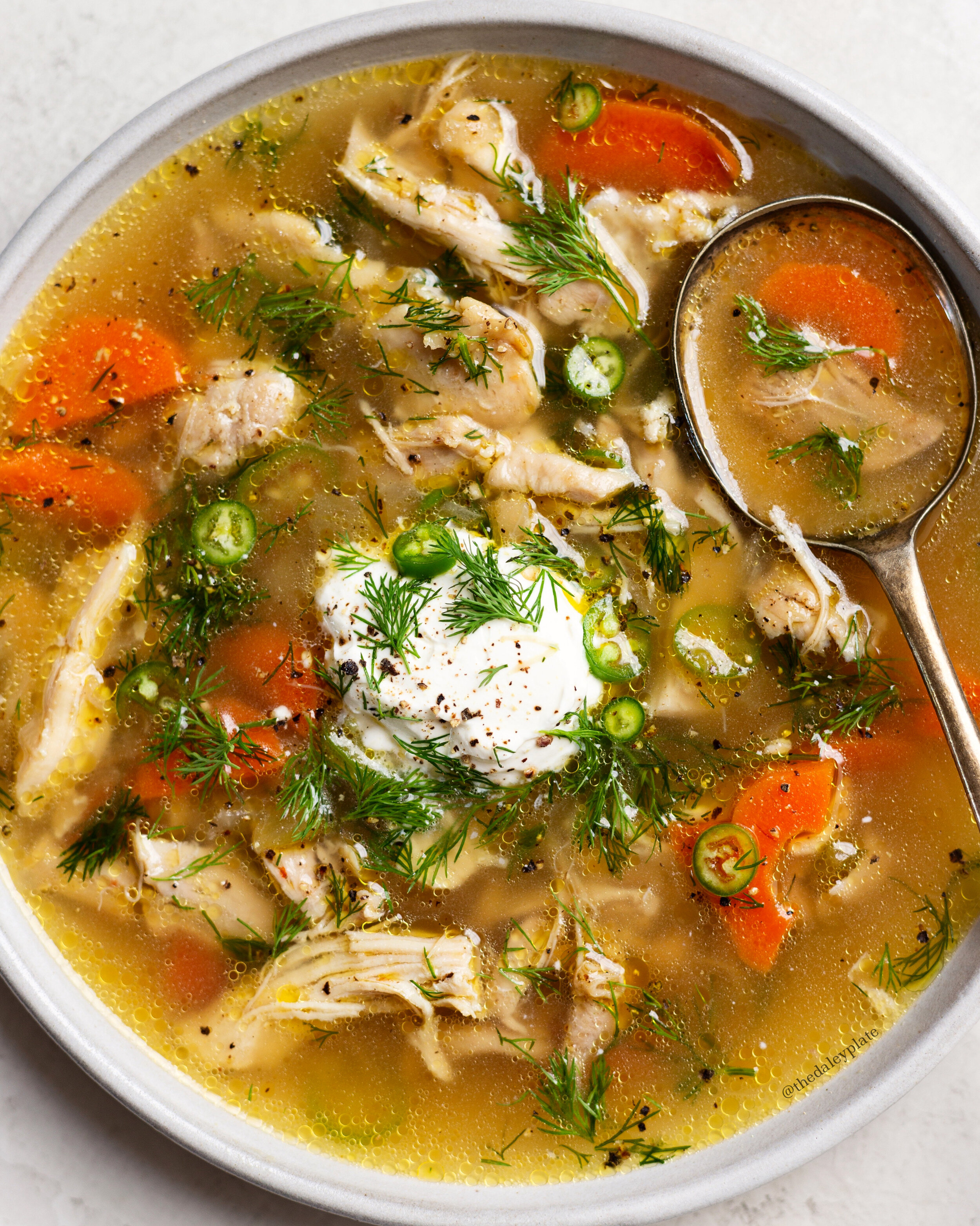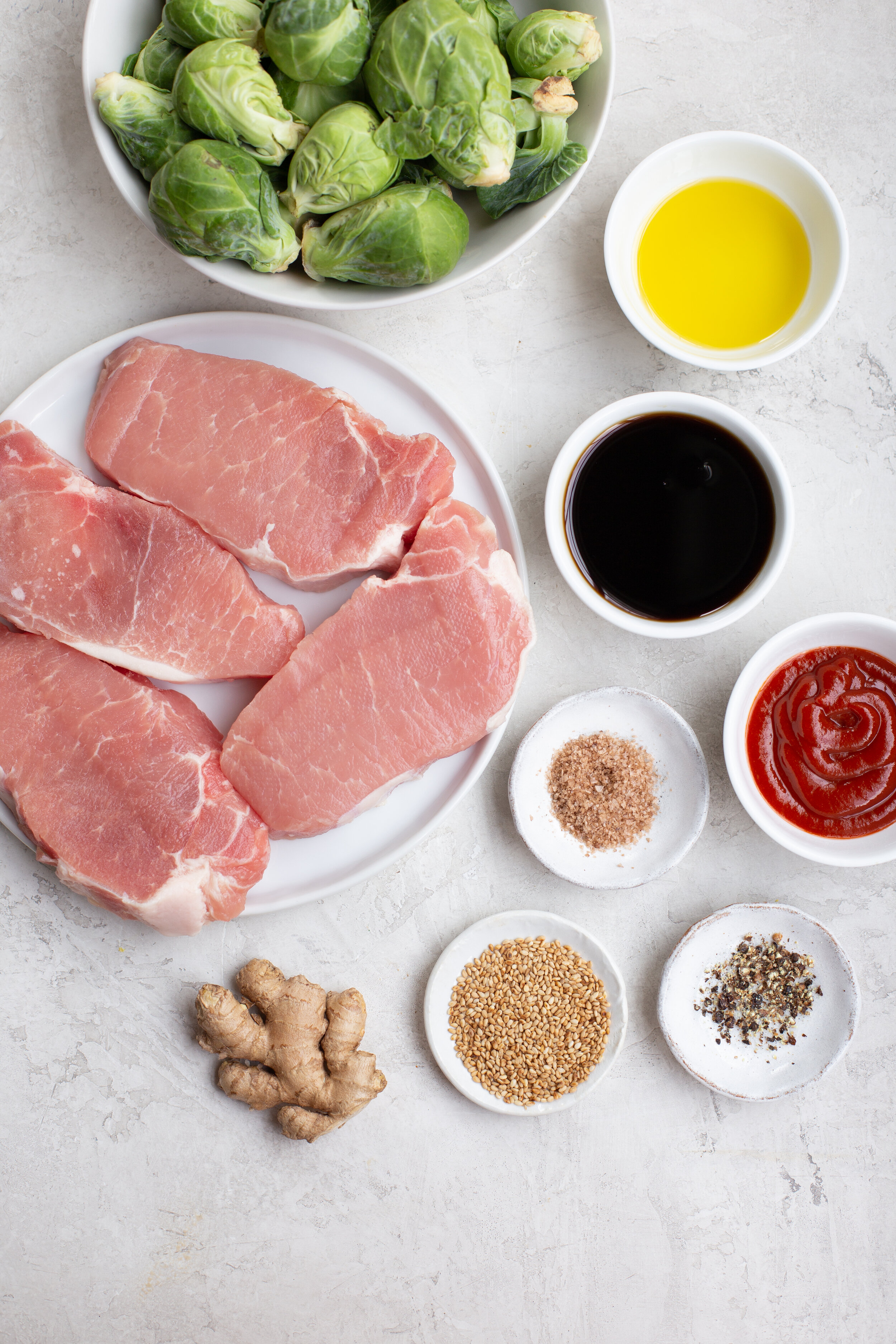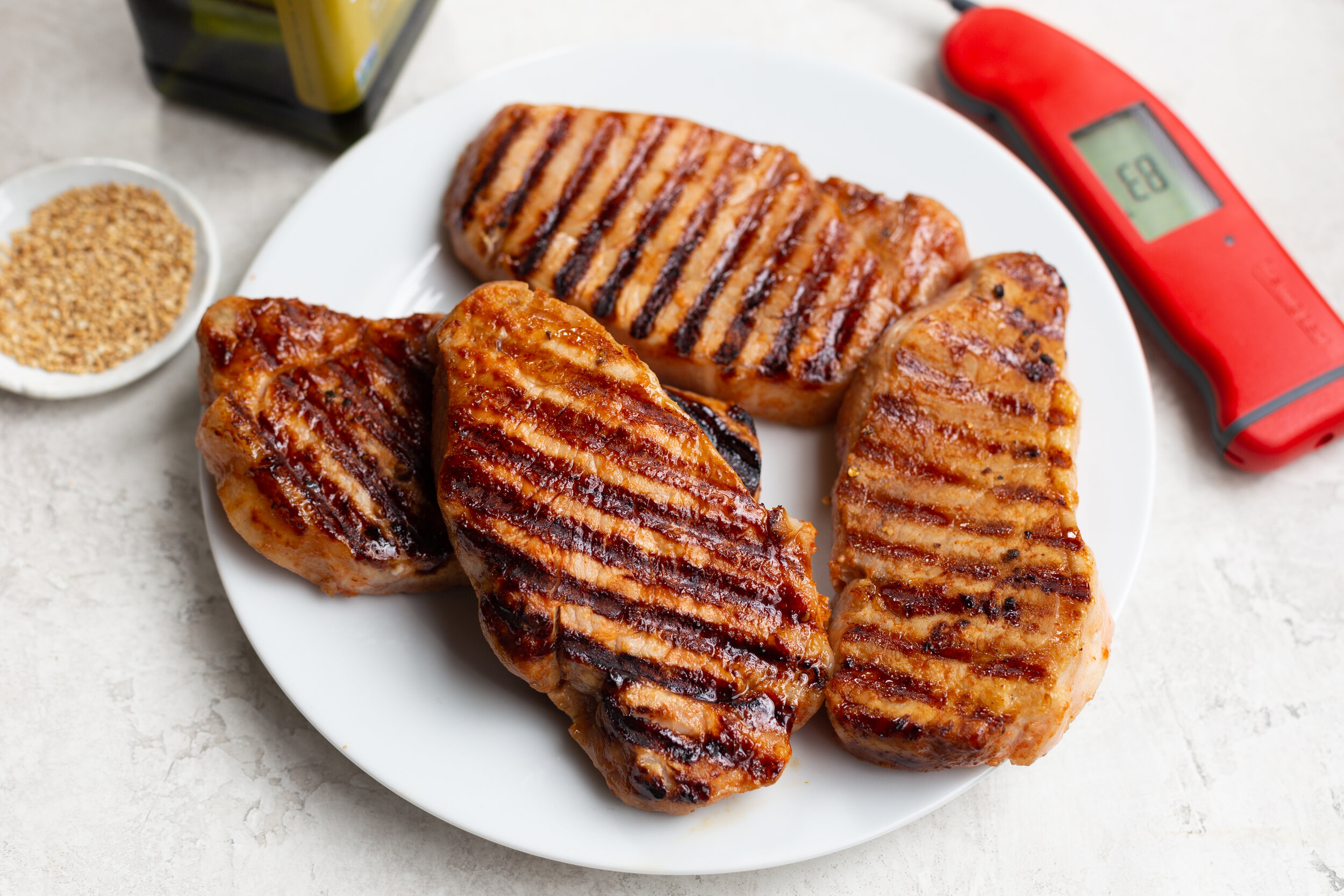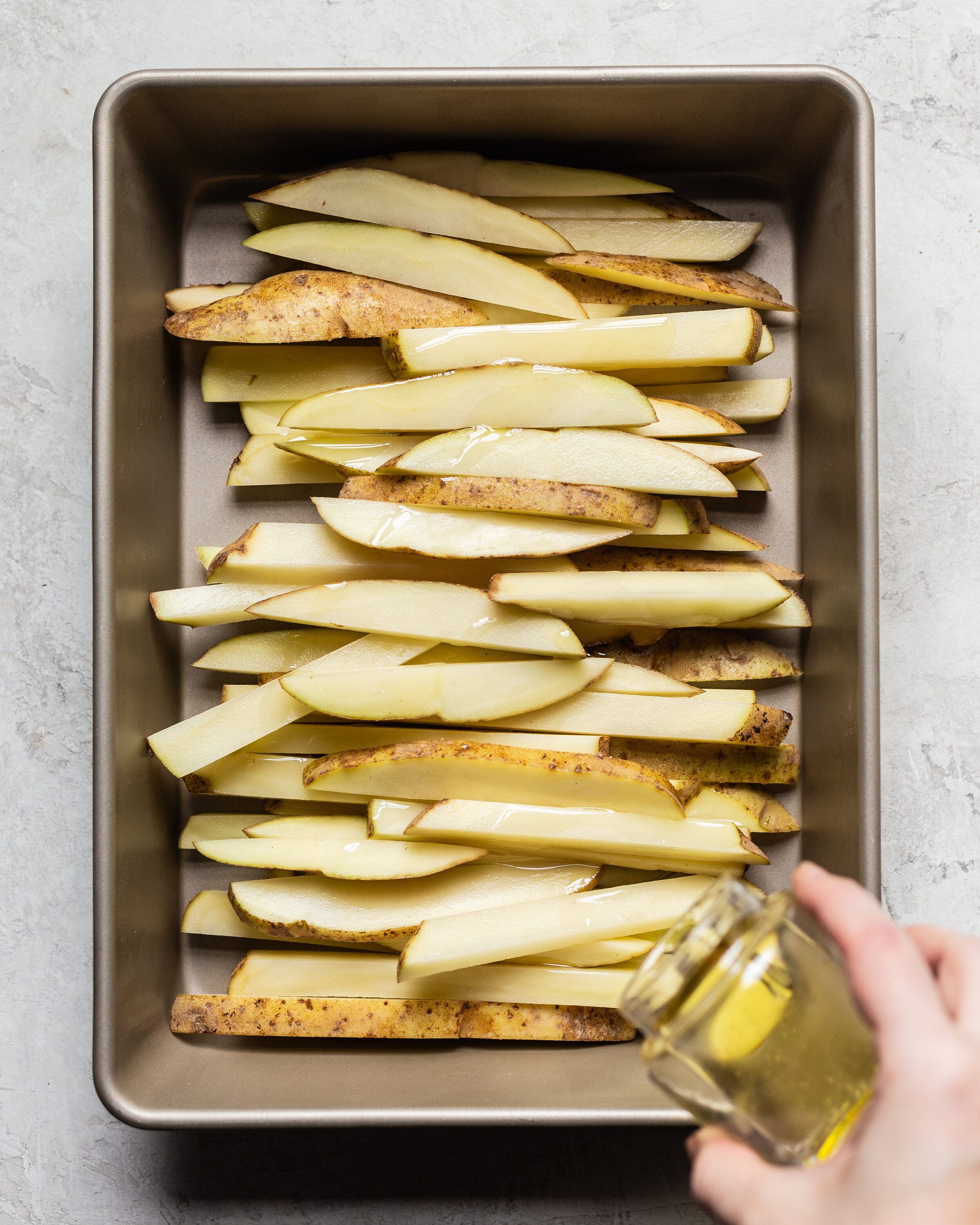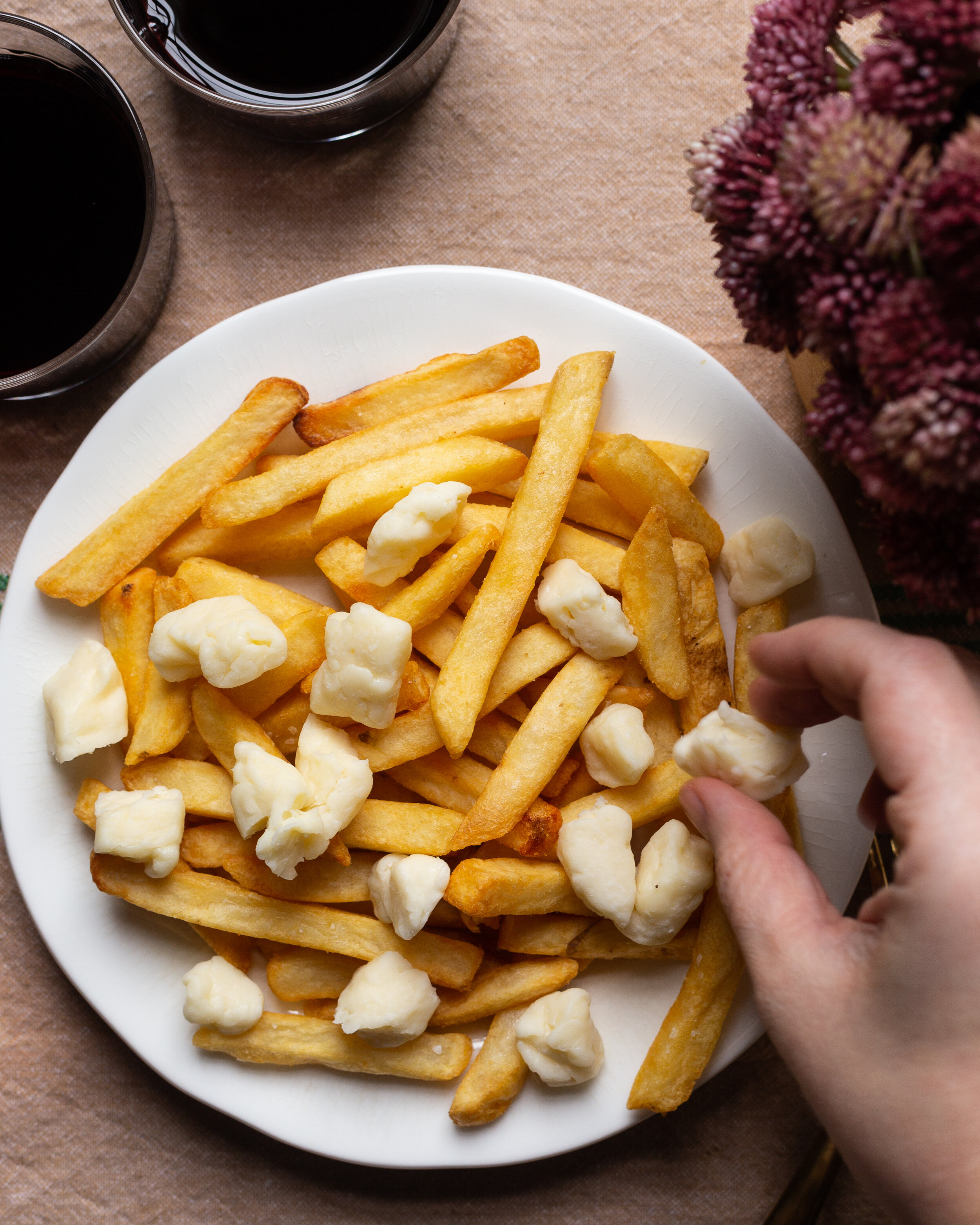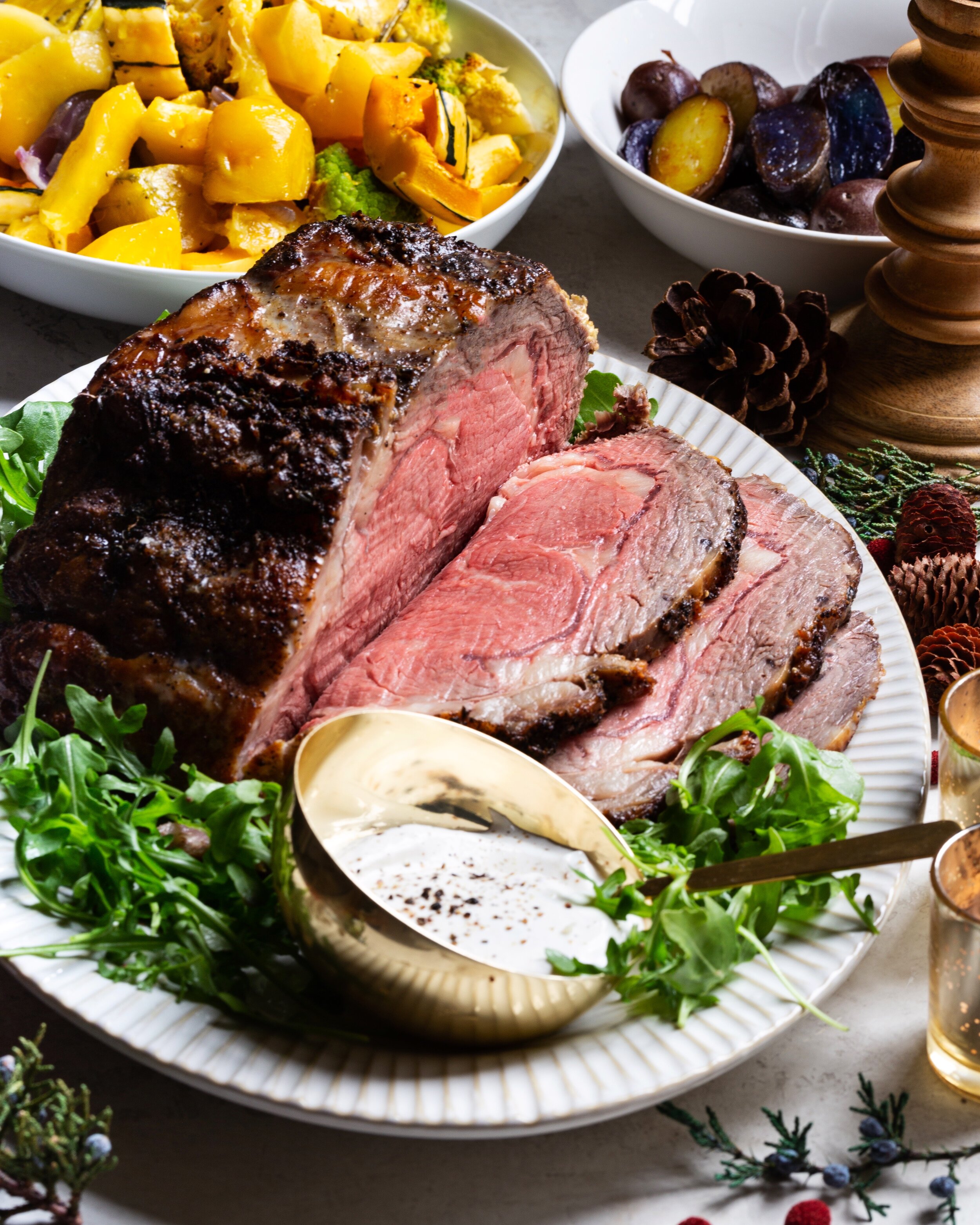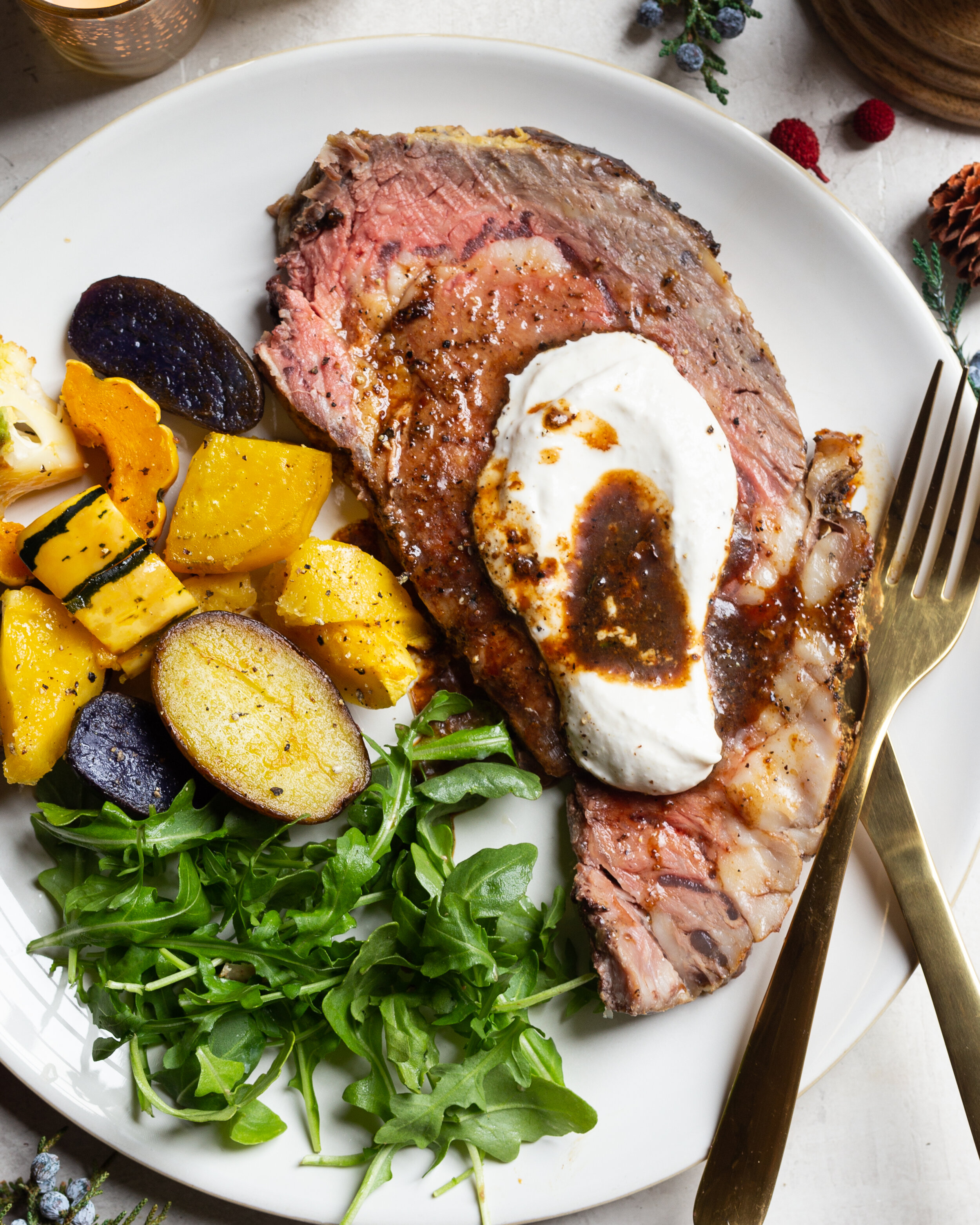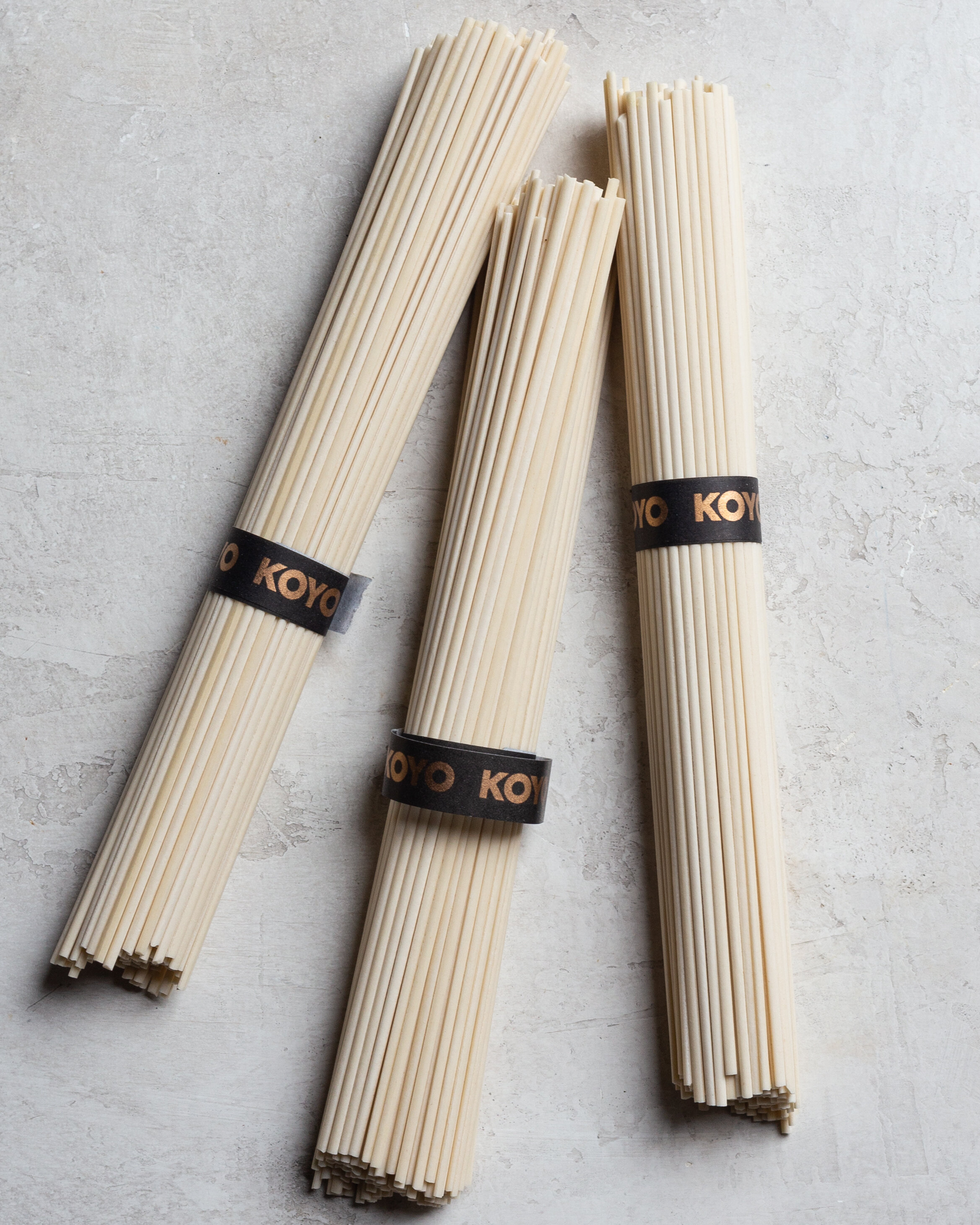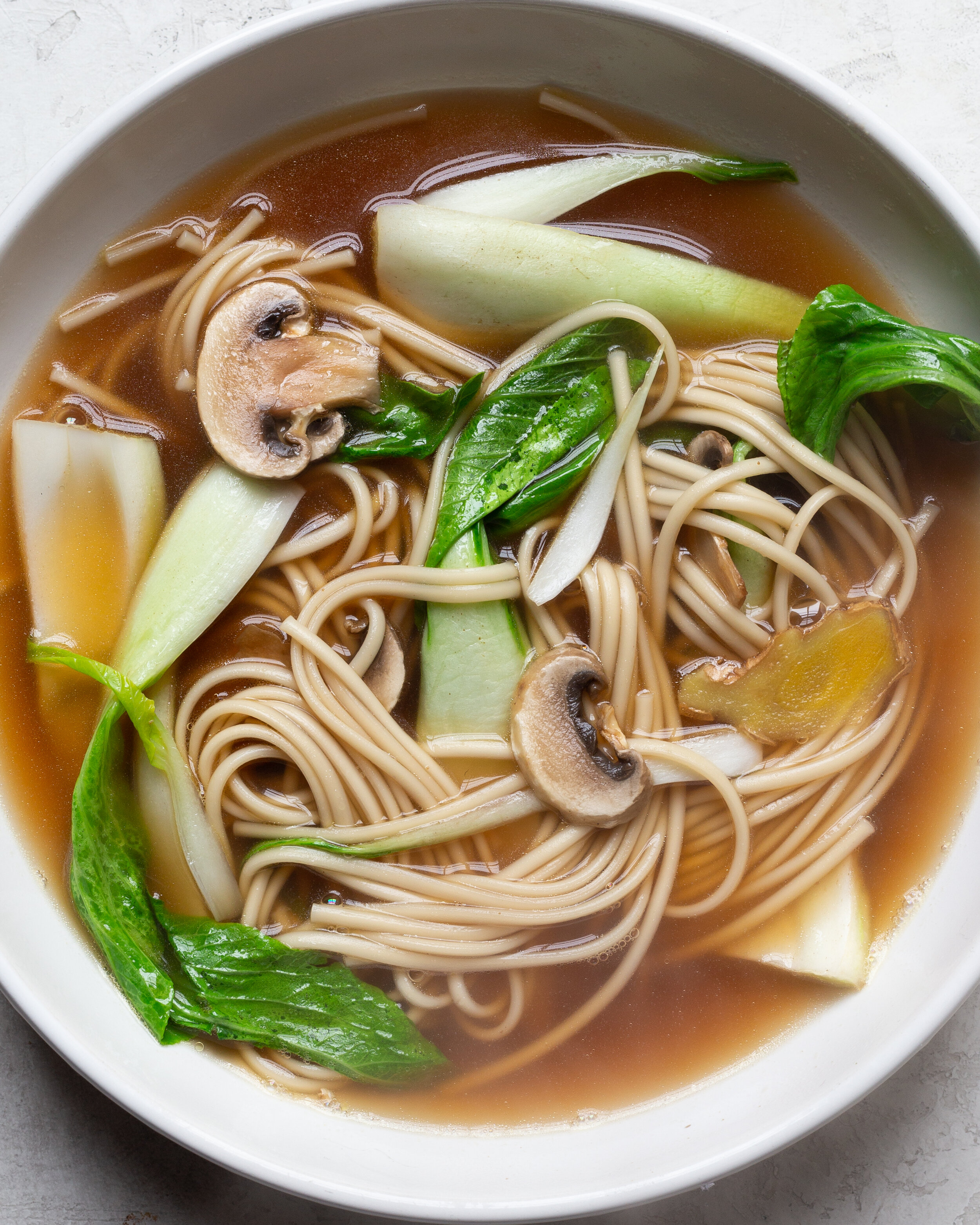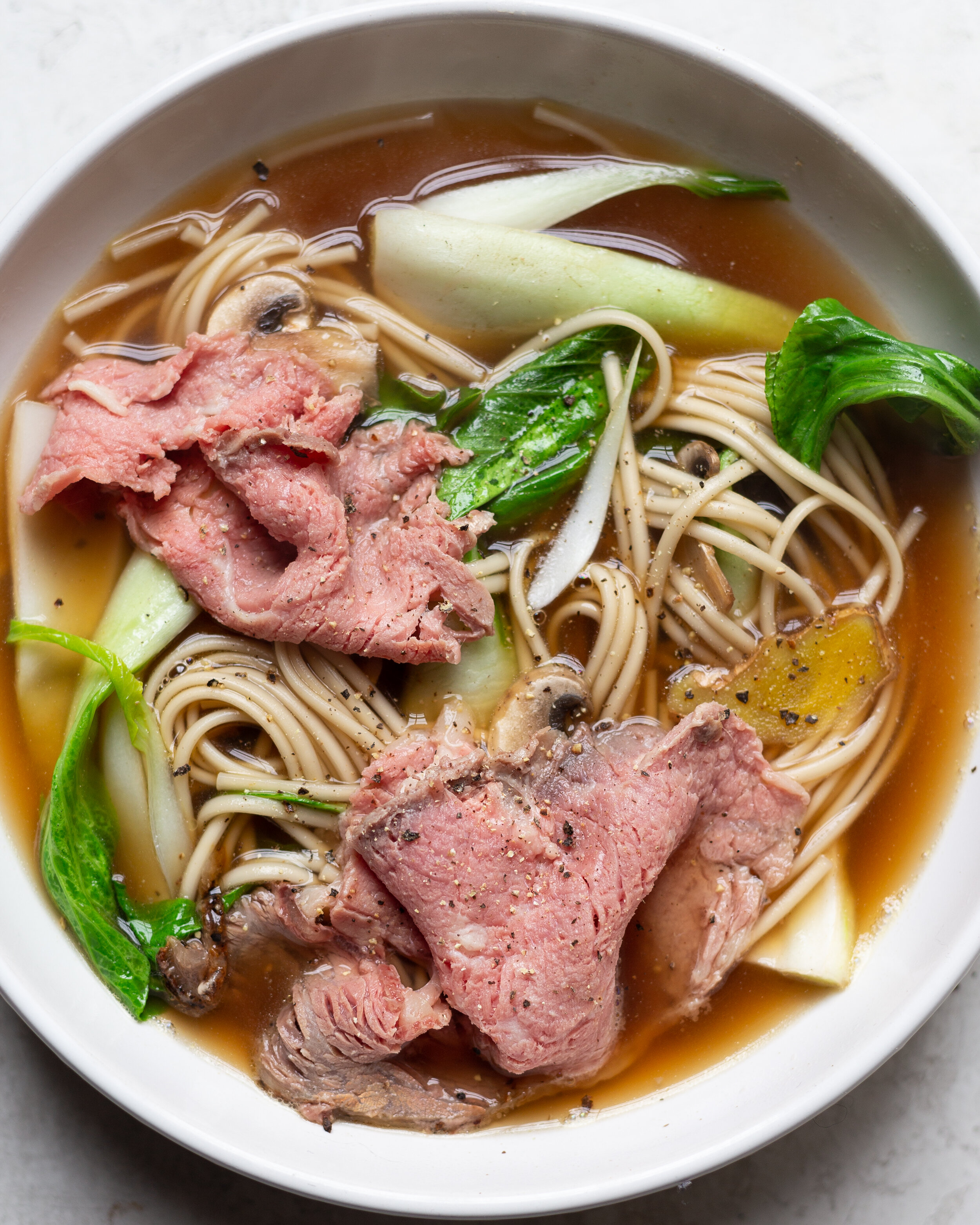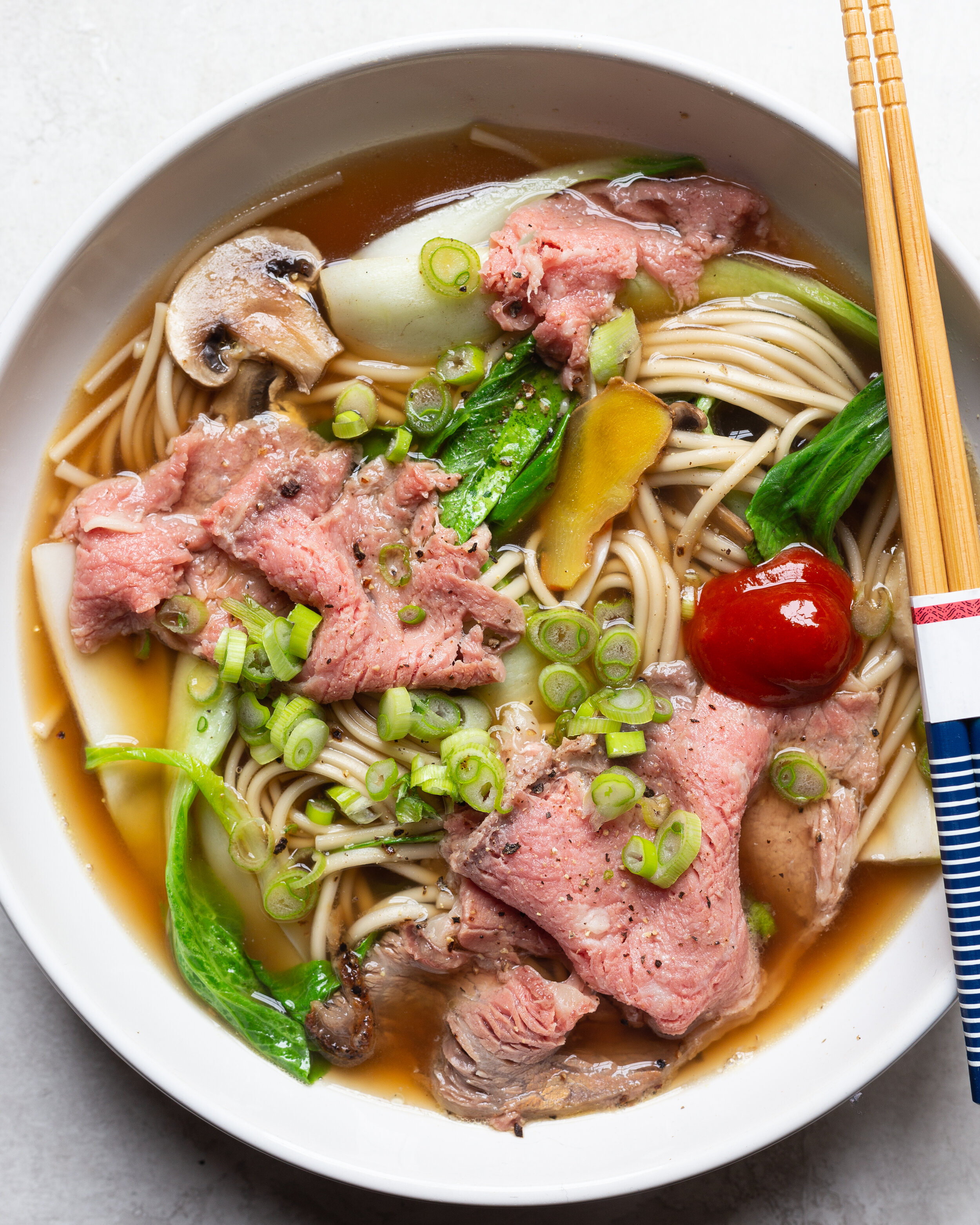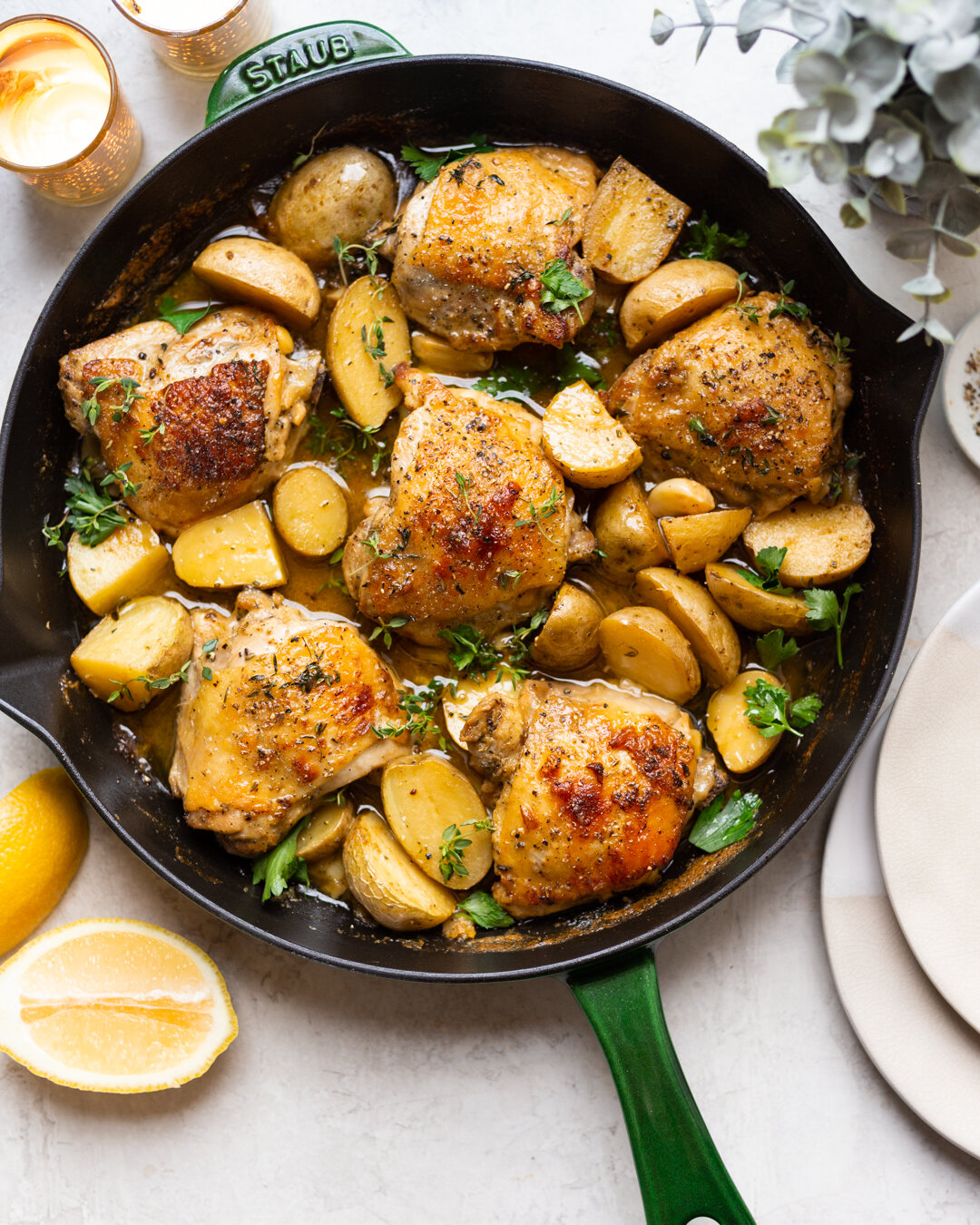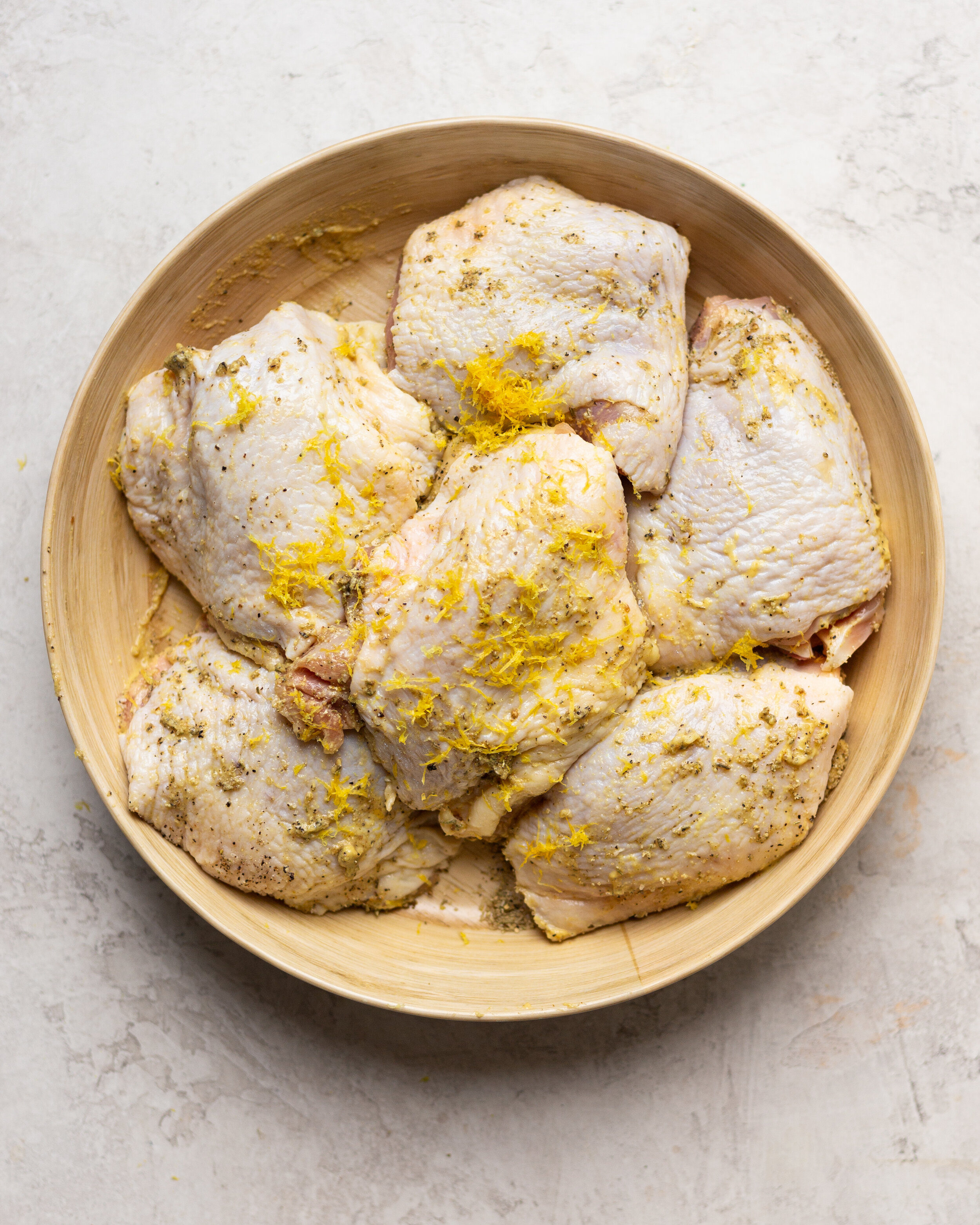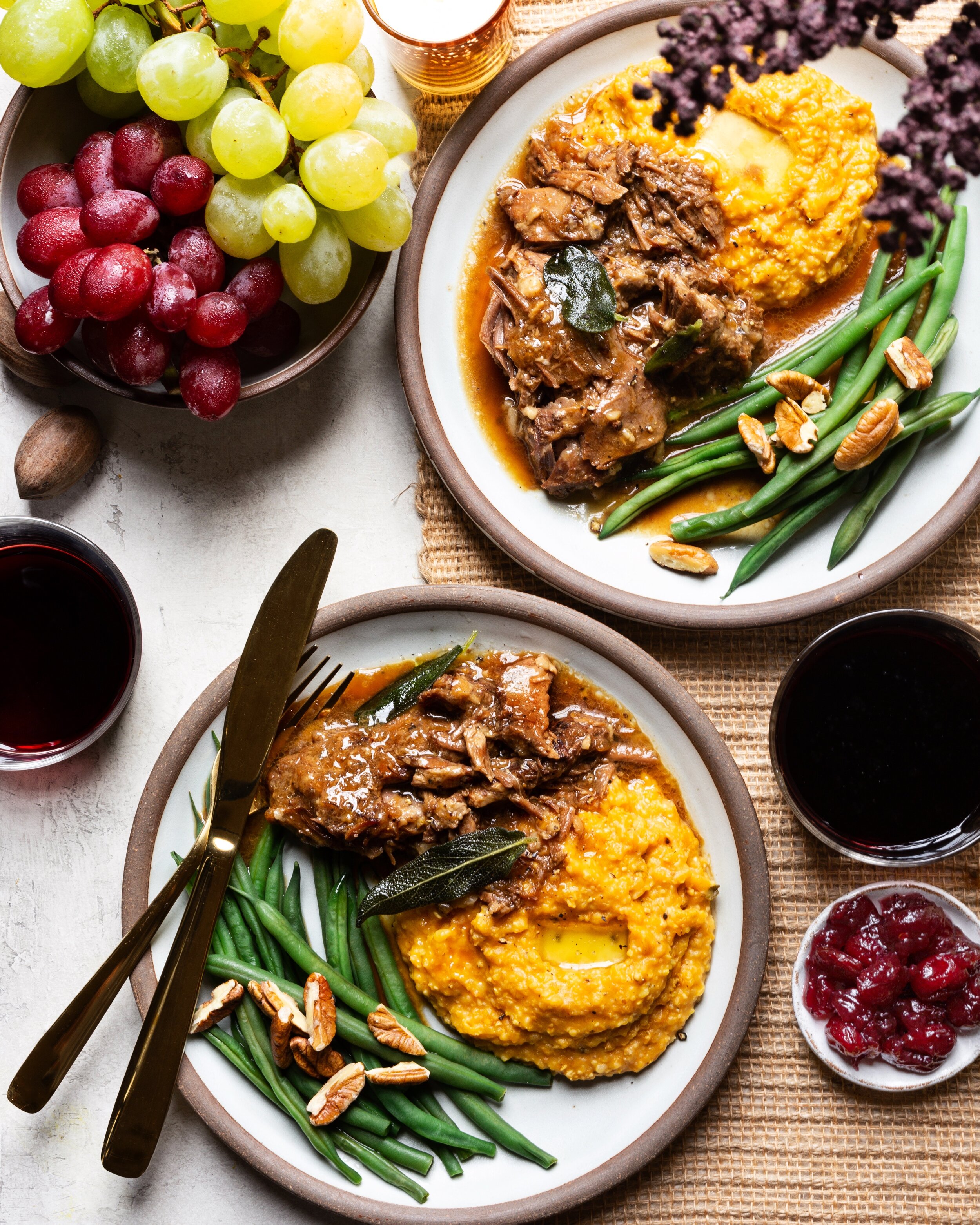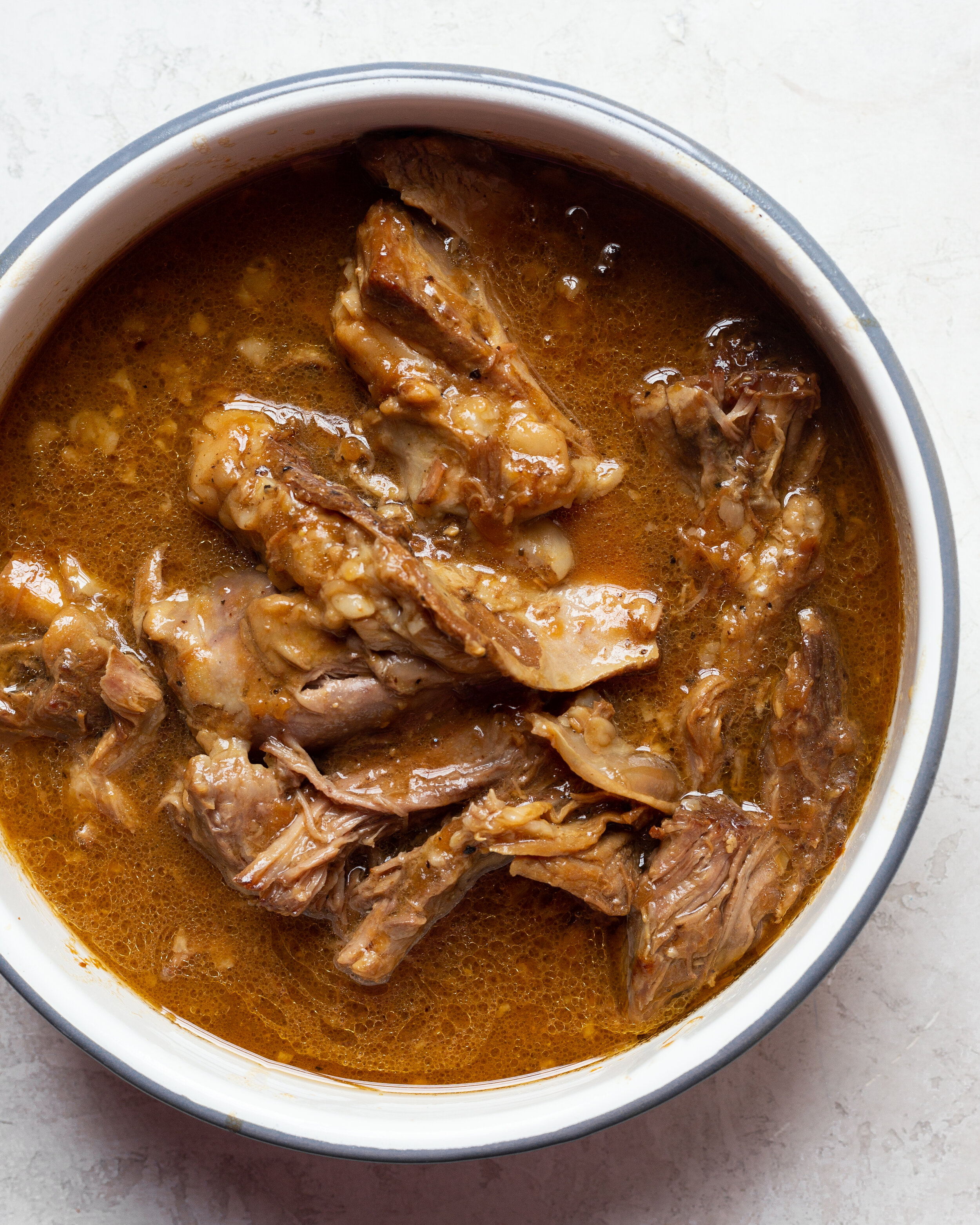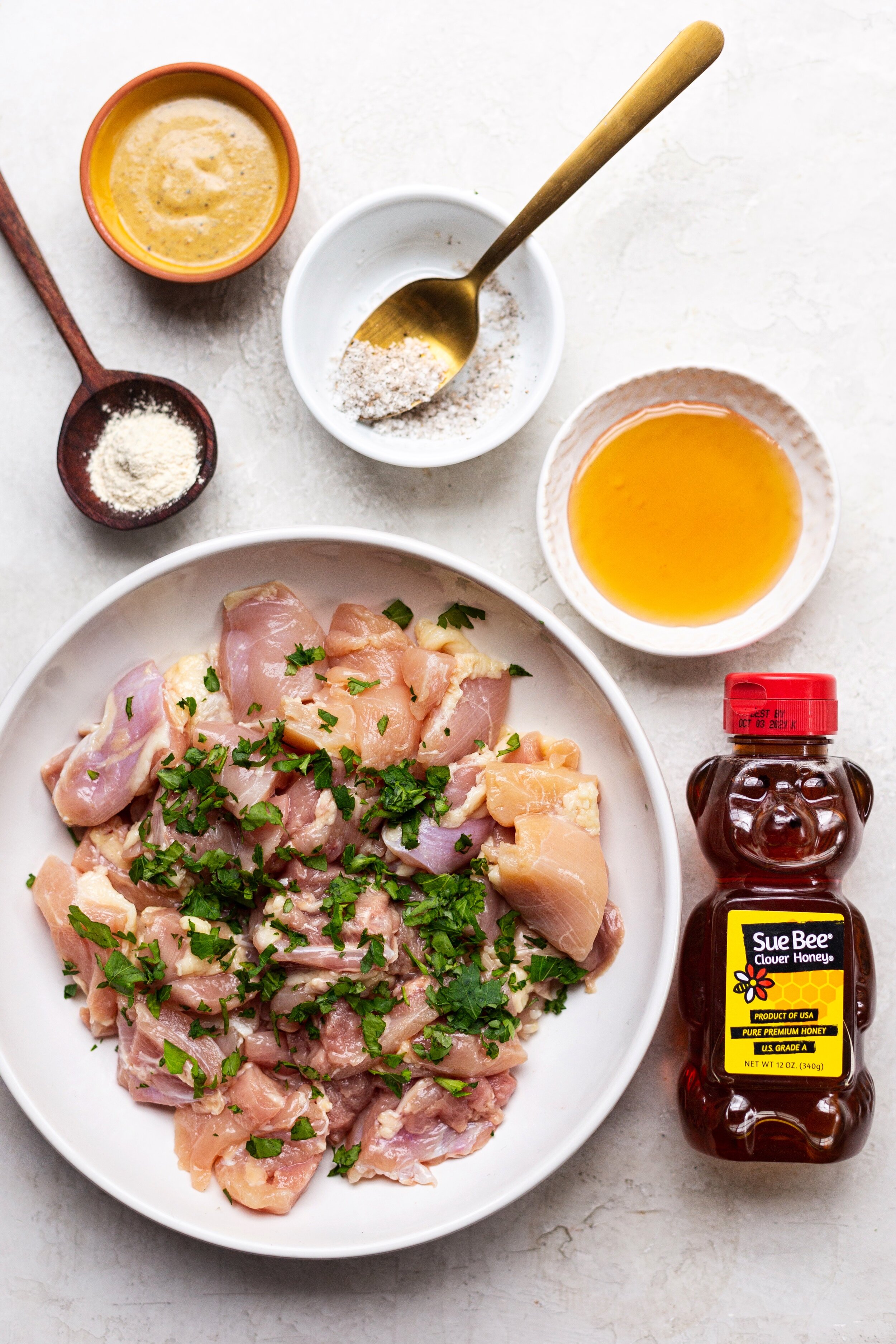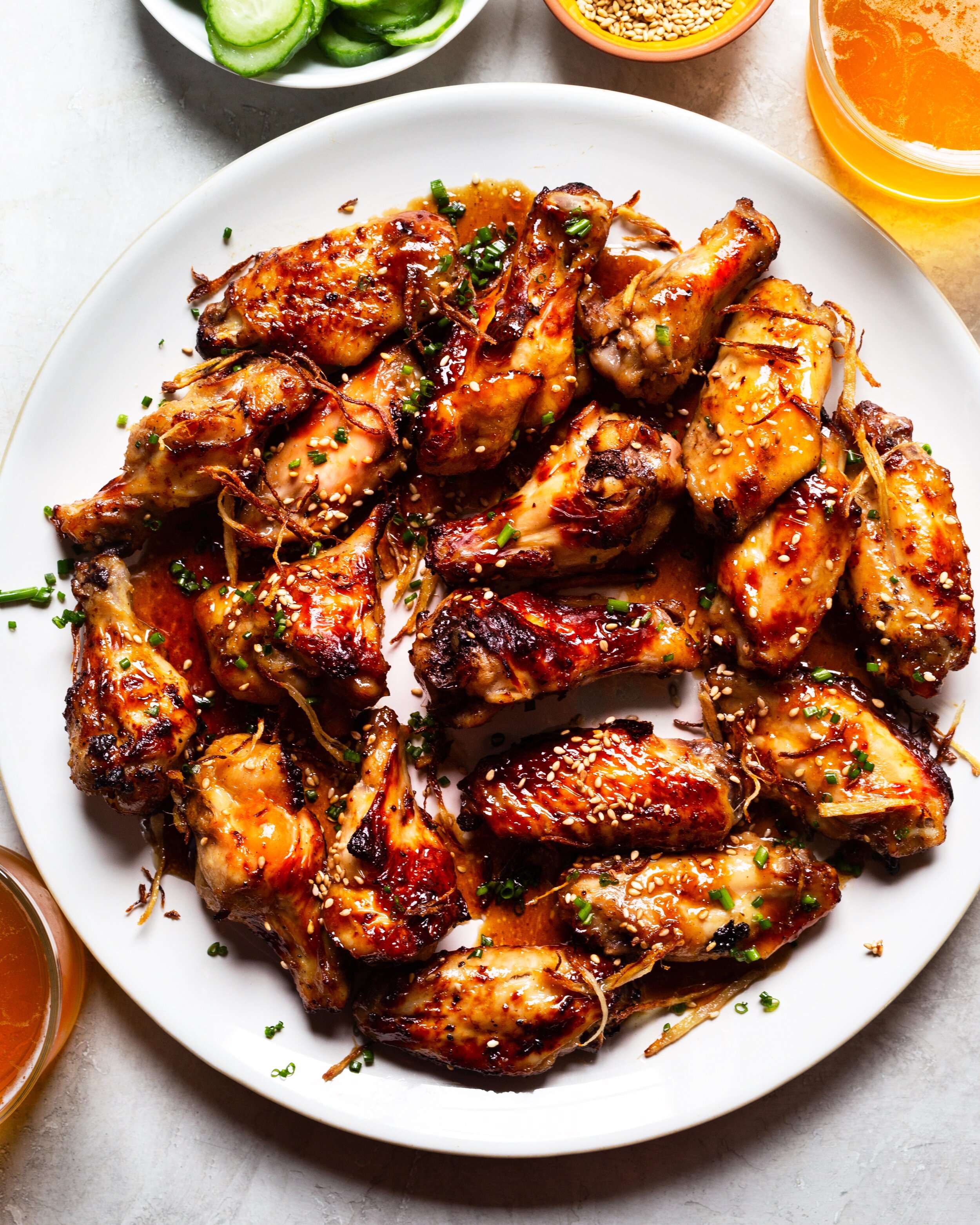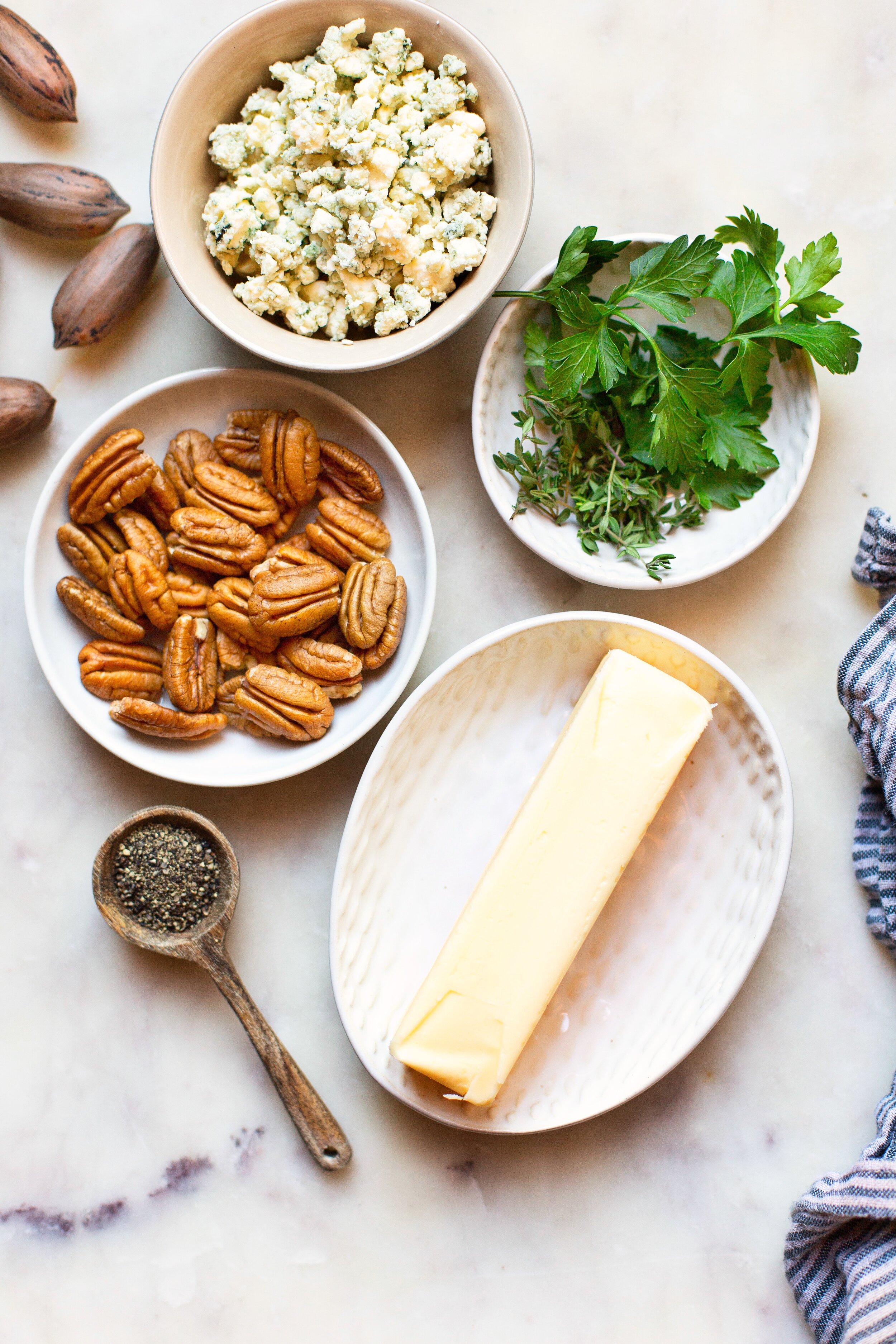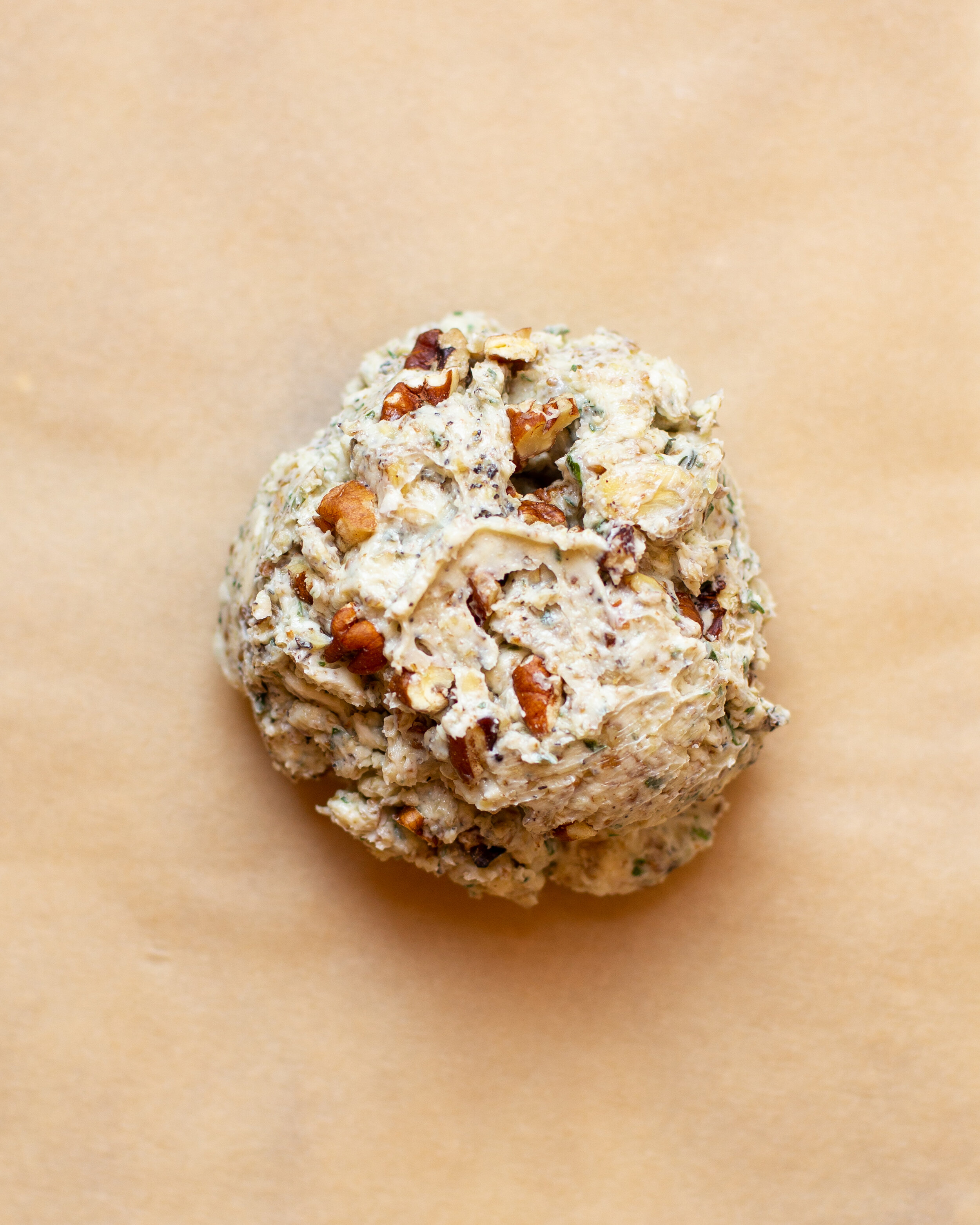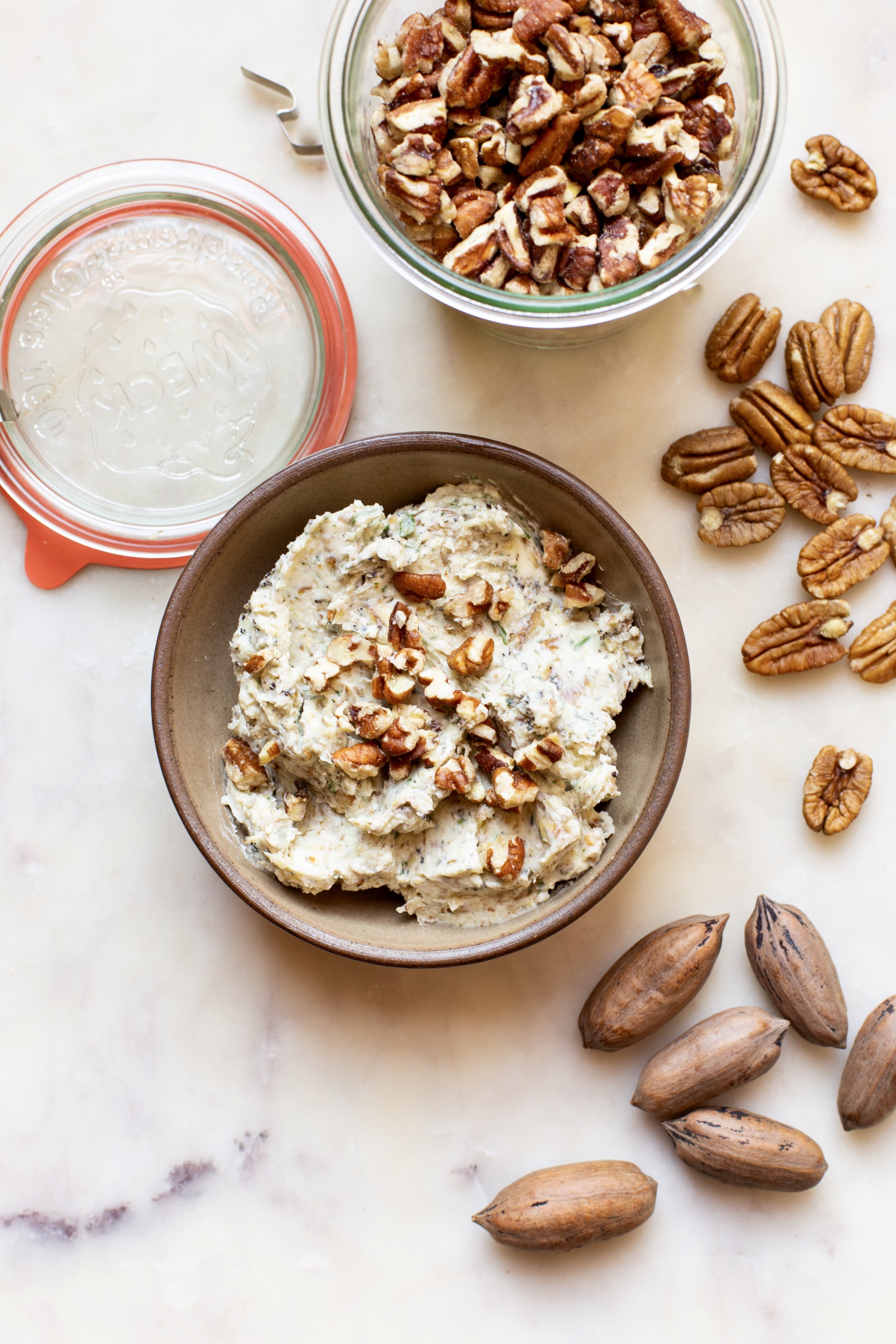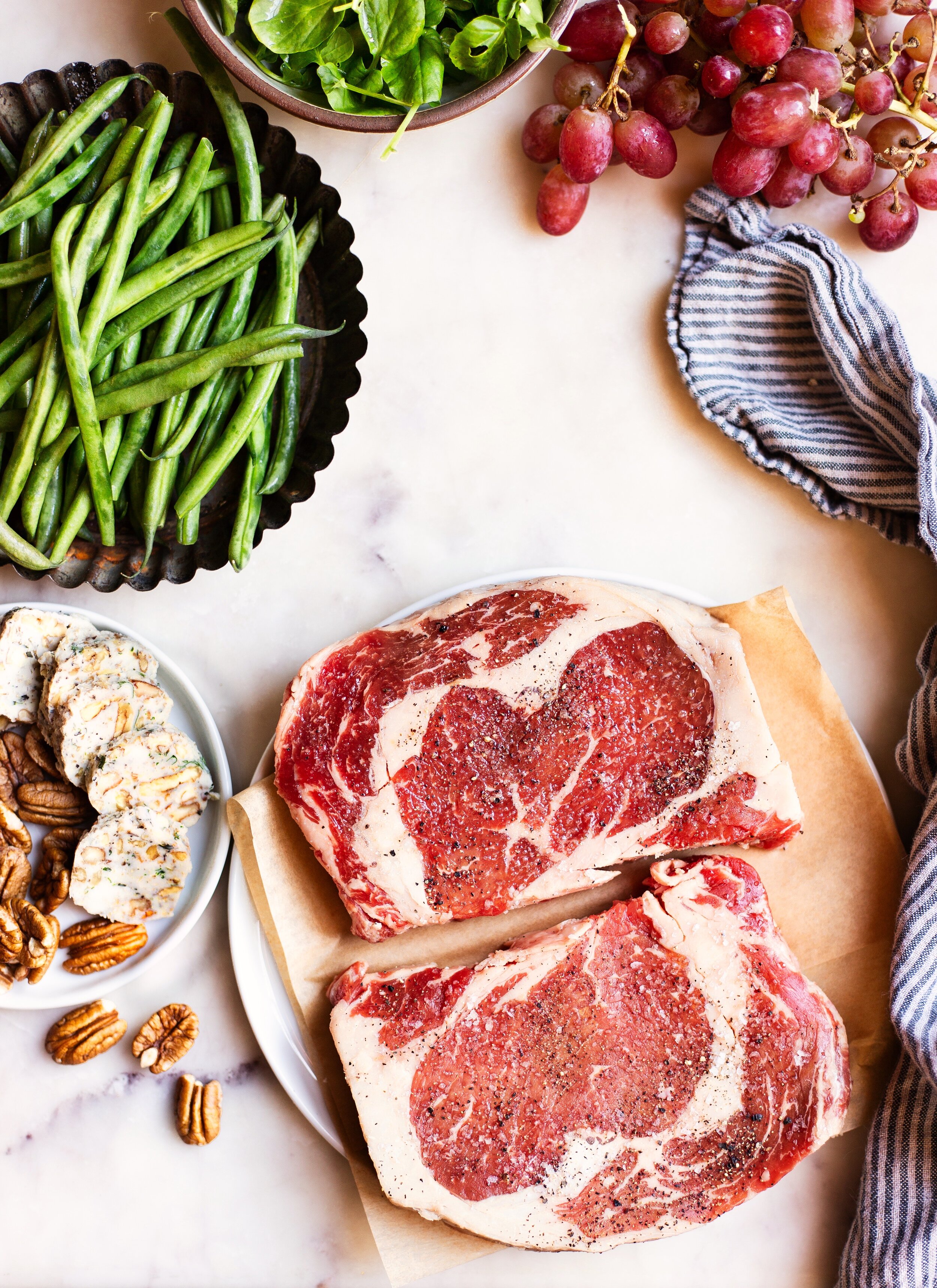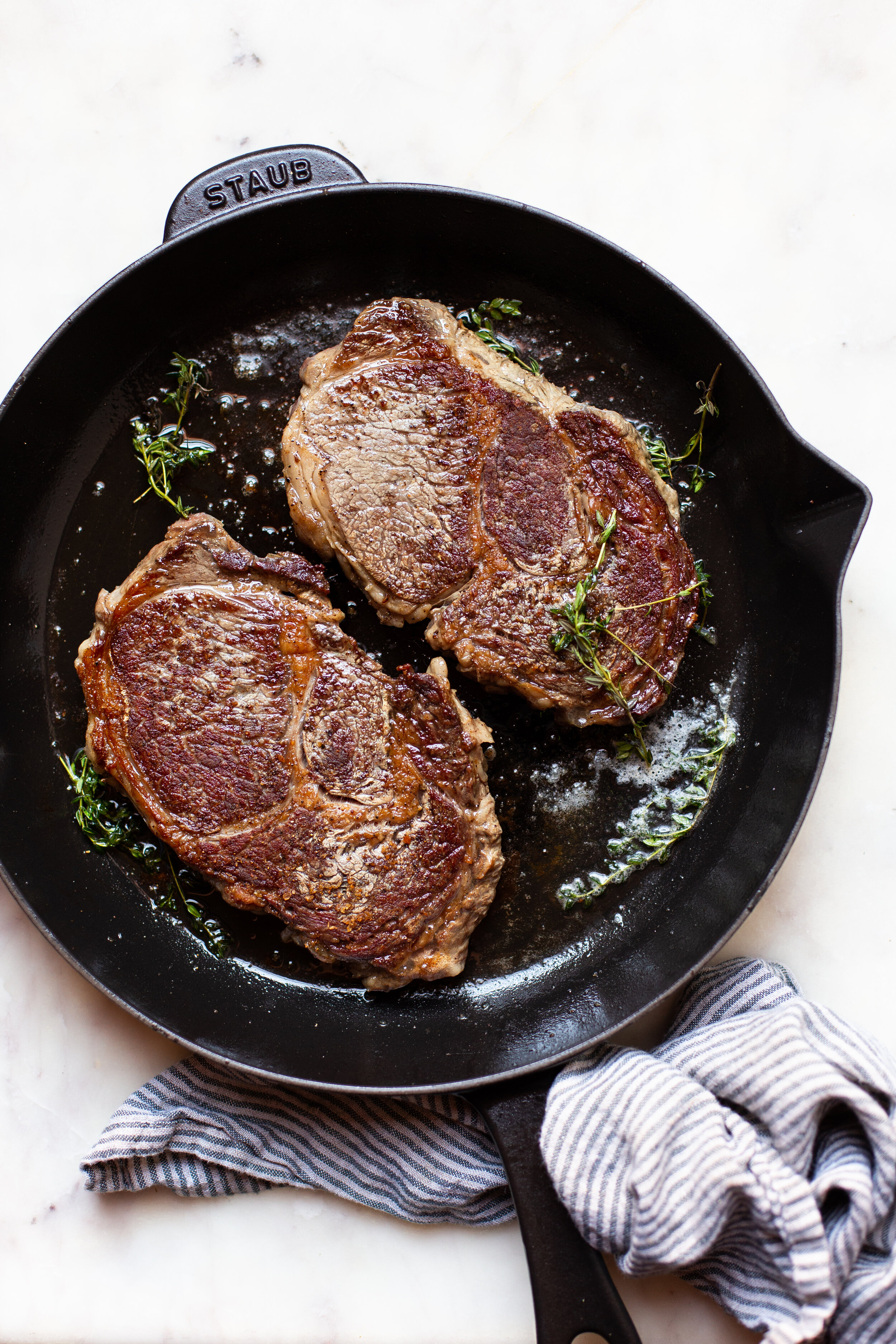Viskoekies met Smoor (Fish Cakes with Tomato Relish)
If you’re up for something different, this is the recipe for you. Vis frikkadel or viskoekies have deep roots in the Cape Malay culinary tradition, and their story is tied to both migration and survival. The Cape Malay community in South Africa traces its ancestry mainly to enslaved and exiled people brought by the Dutch East India Company from Indonesia, Malaysia, India, and East Africa in the 1600s-1800s. Along with their language, religion, and customs, they brought a rich food heritage that blended Southeast Asian spices with local Cape ingredients.
Fish was a staple at the Cape because the sea was abundant and, for poorer households, it was often more affordable than meat. Viskoekies emerged as a thrifty, flavorful way to stretch small amounts of fish. Hake, kingklip, or horse mackerel (snoek) were mixed with mashed potato, onion, and Cape Malay spice blends like cumin, coriander, turmeric, and chili. The warm, aromatic spice profile reflects the Indonesian roots of Cape Malay cooking, much different than the less mildly spiced fish cakes of Northern Europe. The fish cakes were a Tuesday night dinner staple for my family. For many Cape Malay families, viskoekies or vis frikkadel carry a strong sense of place…A reminder of the role of the ocean in shaping livelihoods and menus. I hope you love the recipe as much as I do. Thank you for your willingness to learn more about my culture, and for wanting to try something new.
A few tips before you begin:
1. Use any tinned fish in water. I use mackerel, but tuna, canned salmon, or sardines all work well.
2. I have tried this recipe with gluten-free breadcrumbs and found no difference, so try it!
3. Try not to skip freezing them for a bit. They’ll hold together much better.
4. Dry spices can be substituted for fresh, no problem. Add 1 teaspoon Cajun seasoning if you like.
5. Low and slow is the way to go when frying. A large skillet with 1/2-inch of avocado oil is perfect.
Viskoekies met Tamatiesmoor
Serves: 2 | Prep Time: 15 minutes | Cook Time: 20-25 minutes
Fish Cakes
2 (4.5 ounce) cans boneless skinless mackerel filets, drained and flaked with a fork
2 large eggs
2 garlic cloves, finely chopped
1/2 cup plain breadcrumbs
1/2 small red onion, very finely chopped
2 tablespoons chopped fresh parsley or coriander (sub 2 teaspoons dried)
1 teaspoon finely chopped red or green chili (jalapeño is great if you prefer less spice)
1 teaspoon kosher salt
1 teaspoon ground coriander
1/2 teaspoon ground cumin
1/2 teaspoon freshly ground black pepper
1/4 teaspoon turmeric powder
1/4 teaspoon chili powder
1/4 cup avocado oil, for frying
Tomato Relish
2 tablespoons extra virgin olive oil
1/2 small red onion, chopped
2 garlic cloves, finely chopped
1 fresh or dried bay leaf
4 medium tomatoes (6 roma), chopped (You should have at least 2 heaped cups full)
1 teaspoon kosher salt
1 teaspoon granulated sugar (more to taste)
1/2 teaspoon turmeric powder
1/2 teaspoon curry powder or garam masala (I like Malaysian curry powder)
Form the fish cakes: Add all ingredients for the fish cakes to a large bowl and mix well until well combined. There should be no clumps of the same ingredient in any one place. The mixture should come together pretty easily even though it might not look like a dough. It should hold, and if it doesn’t, add more breadcrumbs and a bit of milk (2 tablespoons). Form into 4 patties using the palms of your hands, then place on a small sheet pan and freeze for 30 to 45 minutes.
Meanwhile, make the relish: Heat the olive oil a medium saucepan over medium heat. Add the onion and cook, stirring often, until soft and lightly golden, 2 minutes. Add the garlic, bay leaf, tomatoes, salt, sugar, turmeric powder and curry powder then stir and cook, covered, stirring occasionally until the tomatoes are broken down and the sauce is thick. This should take 10 to 15 minutes. If you notice the liquids reducing too much, add a splash of water and stir then reduce the heat to simmer. Keep the relish simmering while you fry the fish cakes.
Fry the fish cakes: Heat the avocado oil in a large skillet over medium-low heat. Carefully place the fish cakes in the hot oil, and cook, flipping halfway through, for 8 to 10 minutes. You’re looking for a deep golden color on both sides. Remove and drain on a plate lined with paper towel.
I serve my fish cakes with mashed potatoes the way my mother makes them as a side for any fish dish…with a pinch of nutmeg. I know, I know, it’s a “sweet” spice. Nutmeg was brought to the Cape from Indonesia and is a staple in Cape Malay cooking, so it’s a non-negotiable for me. Make your mashed potatoes the way you normally would, then grate in some fresh nutmeg, about 1/4 teaspoon.
Plate it up by dividing the fish cakes among two plates with mashed potatoes, and spoon over some tomato relish. Absolutely homey and comforting.

